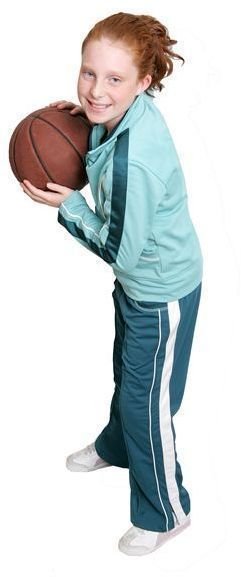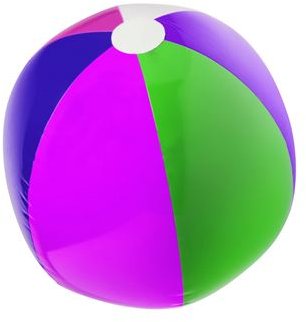Teaching About Balls & Ramps: A Two-Day Kindergarten Science Lesson
Hands-on learning is always the best way to keep students engaged. In this lesson students will observe and verbalize the differences in a variety of balls. Then they will build ramps and discover what happens when the ramps are tweaked a little. Will the ball roll faster or slower?
Objectives:
1. Students will observe common objects using multiple senses.
2. Students will investigate how applied forces (push and pull) can make things move.
3. Students will compare objects by the following observable properties: size, color, type of material.
Materials:
- Book: Balls by Melanie Davis Jones
- Book: Roll, Slope and Slide by Michael Dahl
- Variety of balls such as: ping pong, tennis, football, soccer, basketball, baseball, beach ball, cotton ball, ball of clay
- Several pieces of plywood or heavy cardboard to use as a plane
- Books, blocks or similar items to use to raise one end of the plane
- Pieces of fabric (to provide friction on the ramp)
- Drinking straws (optional activity)
- Several ping pong balls (optional activity)
Vocabulary:
1. Ramp or Inclined Plane: A simple machine with a flat surface that always has one end higher than the other.
2. Slope: Slants or leans in a particular direction.
3. Plane: A flat surface.
Procedure Day One:

Choose one of the balls to show your students. Say, “We are going to talk about different kinds of balls. You may think that all balls are alike but if you can find things that are different, about them too.”
Continue with these questions:
- What kinds of balls have you played with?
- What words can you use to describe what this ball looks like?
- What does the ball feel like?
- What can you do with it?
- What are some ways that a ball moves? (roll, bounce, spin)
Read the book Balls. It is a quick and simple book that shows kinds of balls and how they can move.
Next place your students in small groups. Give each group a different ball. The task for the group is to think of five words that describe or tell about the ball. Words can include description of size, color, texture, type of material and use. Allow 5-10 minutes and then share with the rest of the class.
Then do some prediction activities! First ask the groups to predict which group has the ball that will bounce the highest. After the predictions have been tallied, instruct one student from each group to hold the group’s ball in the air and let it drop. Which ball bounced the highest? Which ball bounced the least amount or not at all?
Extra Activity:
Instruct a few students at a time to lie on the floor (those who want to participate) and use the straw to blow a ping pong ball as far as they can. Who can blow it the farthest? The shortest distance? Use this as a measurement activity.
Procedure Day Two:
Today we are going to learn about ramps or inclined planes. Begin by reading Roll, Slope and Slide. This will explain to the students that a ramp is what we call a simple machine and can make tasks easier to do. They will see that there are many ramps used in everyday activities that we take for granted. Even a sliding board is a ramp!
Then provide small groups with materials to build a ramp and things to roll down the ramp: ball, pencil, box of crayons, small cars. Allow students to explore ways to build a ramp and items to move up and down the ramp. Evaluate students’ understanding as you move from group to group.
Gather students together to discuss their findings. Which ramp worked the best? Was the slope on the ramp high or low? What item went the farthest? What would happen if we put fabric on the ramp? What would happen if something sticky were on the ramp? How could we move an item up the ramp? Do we push or pull to move an item up the ramp?
Take a walk around the outside and inside of the school to find ramps. Remember the roof, the slide on the playground, the ramps on the sidewalks and entryway for handicap access.
Resources:
Jones, Melanie Davis. Balls. Children’s Press, 2002.
Dahl, Michael. Roll, Slope, and Slide. Picture Window Books, 2006.
Gardner, Robert. Sensational Science Projects With Simple Machines. Enslow Publishers, 2006.
